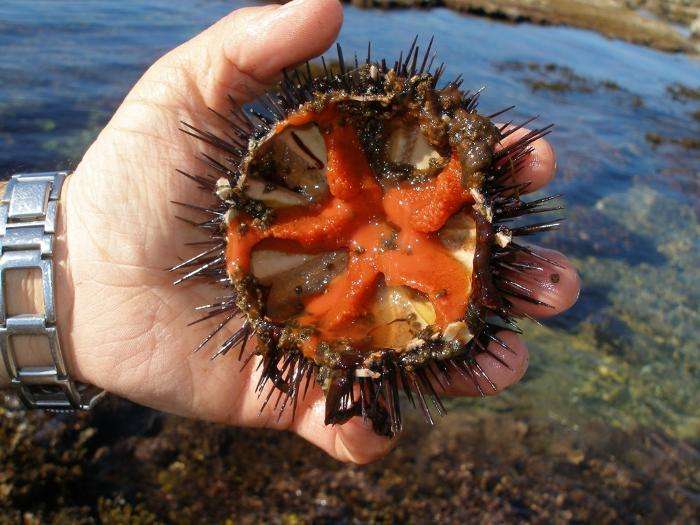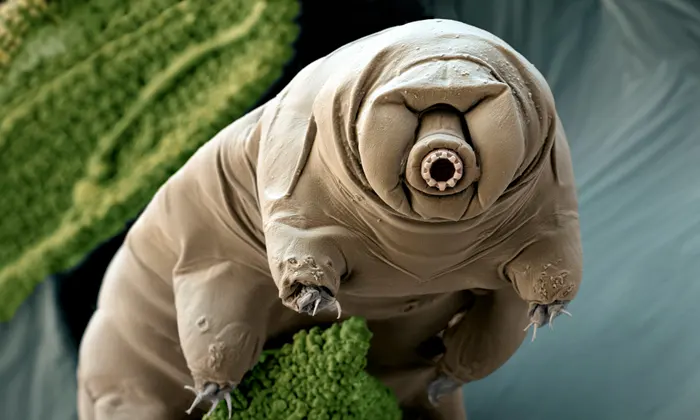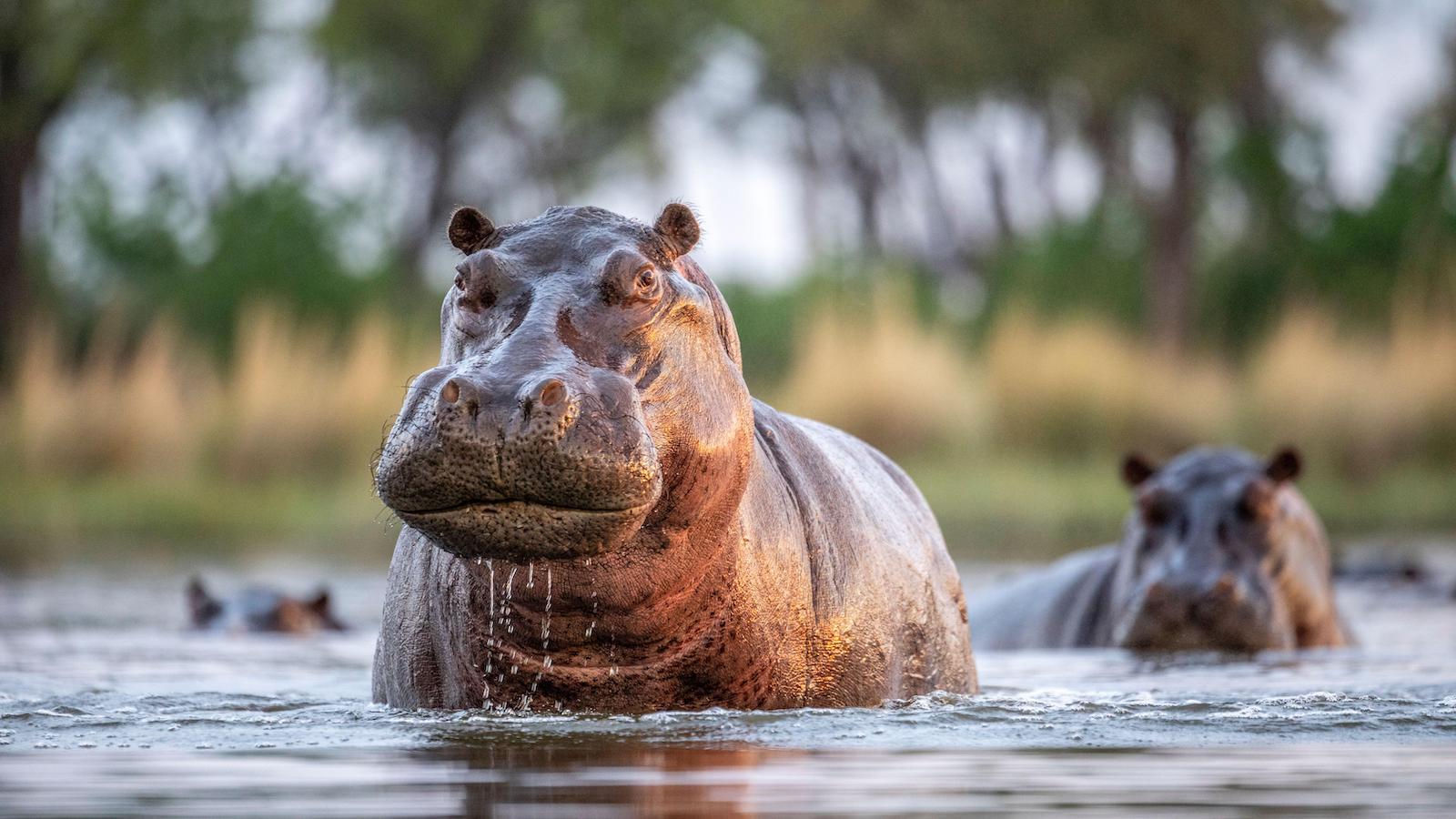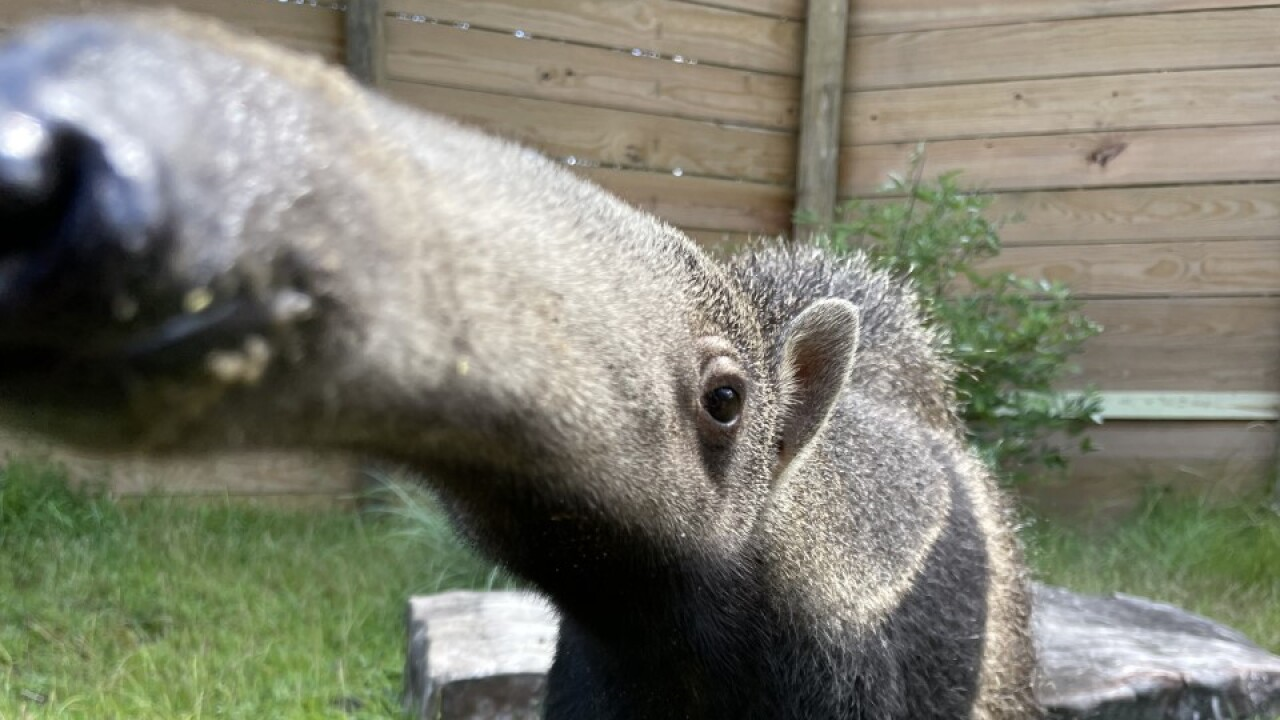Which animal have the smallest brain?
A ragworm is an animal with the smallest brain size, and the size of a ragworm is equal to one hair strand of a human. The brain has a variety of functions such as motor response, memory, thinking, perceptions, homeostasis, etc.
The size of an animal's brain does not necessarily correlate directly with its intelligence or abilities. However, if you're interested in animals with relatively small brains,... here's a list of 10 animals known for having small brain sizes:
-
Ants:
- Ant brains are tiny, yet they exhibit complex social behaviors and organization within their colonies. Ants are a family of insects belonging to the order Hymenoptera. Species in this family are highly social, capable of living in large groups of up to millions of individuals. Many ant colonies can also spread over a very large area of land, forming super colonies.

- Ant brains are tiny, yet they exhibit complex social behaviors and organization within their colonies. Ants are a family of insects belonging to the order Hymenoptera. Species in this family are highly social, capable of living in large groups of up to millions of individuals. Many ant colonies can also spread over a very large area of land, forming super colonies.
-
Flies:
- Despite their small brains, flies are capable of quick and agile movements, and some species exhibit advanced navigational skills. Flies are insects of the order Diptera, they have a single pair of wings on the middle thoracic segment and a pair of stabilizers on the hind wings, on the last thoracic segment. Some flies do not have wings as in the family Hippoboscoidea

- Despite their small brains, flies are capable of quick and agile movements, and some species exhibit advanced navigational skills. Flies are insects of the order Diptera, they have a single pair of wings on the middle thoracic segment and a pair of stabilizers on the hind wings, on the last thoracic segment. Some flies do not have wings as in the family Hippoboscoidea
-
Jellyfish:
- Jellyfish have simple nerve nets instead of a centralized brain. They rely on instinctive behaviors and basic sensory responses. Jellyfish, also known sea jellies, are the medusa-phase of certain gelatinous members of the subphylum Medusozoa, which is a major part of the phylum Cnidaria.
- Related: Which animal has 3 hearts and 9 brain?
- Jellyfish are mainly free-swimming marine animals with umbrella-shaped bells and trailing tentacles, although a few are anchored to the seabed by stalks rather than being mobile. The bell can pulsate to provide propulsion for highly efficient locomotion. The tentacles are armed with stinging cells and may be used to capture prey and defend against predators. Jellyfish have a complex life cycle. The medusa is normally the sexual phase, which produces planula larvae; these then disperse widely and enter a sedentary polyp phase, before reaching sexual maturity.

-
Worms:
- Many worms have small, simple brains but can display basic behaviors and responses to their environment.

- Many worms have small, simple brains but can display basic behaviors and responses to their environment.
-
Sea Cucumbers:
- These marine animals have a simple nervous system and a small neural structure, but they can exhibit fascinating regeneration abilities. Sea cucumbers, whose folk name is sea leeches, also known as rum or rum, is the common name of a group of marine animals belonging to the class Holothuroidea with a long body and hairy skin, with internal bones located just under the skin, living in seabed around the world.

- These marine animals have a simple nervous system and a small neural structure, but they can exhibit fascinating regeneration abilities. Sea cucumbers, whose folk name is sea leeches, also known as rum or rum, is the common name of a group of marine animals belonging to the class Holothuroidea with a long body and hairy skin, with internal bones located just under the skin, living in seabed around the world.
-
Sea Urchins:
- Sea urchins have a decentralized nervous system and a relatively small structure, but they can respond to various stimuli. Sea urchin, sea urchin, scientific name Echinoidea, is the common name of a class in the phylum Echinoderm, living in the oceans.

- Sea urchins have a decentralized nervous system and a relatively small structure, but they can respond to various stimuli. Sea urchin, sea urchin, scientific name Echinoidea, is the common name of a class in the phylum Echinoderm, living in the oceans.
-
Snails:
- Snails have small brains, but they are capable of basic learning and memory. Snail is the general name for most molluscs in the class Gastropod. Common scientific name: gastropoda. Appearing since the beginning of the Proterozoic era, up to now there are about 7,000 species. Snails are omnivores that can eat some other molluscs or some other animal carcasses.

- Snails have small brains, but they are capable of basic learning and memory. Snail is the general name for most molluscs in the class Gastropod. Common scientific name: gastropoda. Appearing since the beginning of the Proterozoic era, up to now there are about 7,000 species. Snails are omnivores that can eat some other molluscs or some other animal carcasses.
-
Goldfish:
- Goldfish have small brains compared to body size, but they exhibit some degree of learning and memory. Goldfish is a freshwater fish belonging to the family Cyprinidae of the order Cypriniformes. It is often kept as a pet in indoor aquariums and is one of the most popular aquarium fish. Goldfish released into the wild have become invasive pests in many areas of North America.

- Goldfish have small brains compared to body size, but they exhibit some degree of learning and memory. Goldfish is a freshwater fish belonging to the family Cyprinidae of the order Cypriniformes. It is often kept as a pet in indoor aquariums and is one of the most popular aquarium fish. Goldfish released into the wild have become invasive pests in many areas of North America.
-
Tardigrades (Water Bears):
- Tardigrades are microscopic animals with simple brains, and they are known for their ability to survive extreme conditions. Water bears are the common name of the animal phylum Tardigrada, which are small animals that live in water and moss, belonging to the group of microscopic animals with 8 legs. Water bears belong to the phylum Tardigrada, part of the superphylum Ecdysozoa

- Tardigrades are microscopic animals with simple brains, and they are known for their ability to survive extreme conditions. Water bears are the common name of the animal phylum Tardigrada, which are small animals that live in water and moss, belonging to the group of microscopic animals with 8 legs. Water bears belong to the phylum Tardigrada, part of the superphylum Ecdysozoa
-
Sponges:
- Sponges lack a nervous system and brain altogether, relying on simple cellular structures for basic functions. The Phylum Foraminifera or Foraminifera is a phylum of primitive multicellular animals, which is a sister group to the dicotyledons. They are multicellular organisms, their bodies full of pores and holes that allow water to circulate through them, consisting of jelly-like mesohyl sandwiched between two thin layers of cells.

- Sponges lack a nervous system and brain altogether, relying on simple cellular structures for basic functions. The Phylum Foraminifera or Foraminifera is a phylum of primitive multicellular animals, which is a sister group to the dicotyledons. They are multicellular organisms, their bodies full of pores and holes that allow water to circulate through them, consisting of jelly-like mesohyl sandwiched between two thin layers of cells.
It's important to note that brain size alone does not determine an animal's cognitive abilities. Many of these animals have adapted well to their environments and demonstrate behaviors that are crucial for their survival. Additionally, some animals with small brains exhibit impressive problem-solving skills and complex behaviors.
FAQs:
Which animal has 32 brains?
Leech
Leech: The interior structure of a leech is divided into 32 different segments, each of which has its own brain.
Which is the only animal which has 11 brains?
Expert-Verified Answer. Silkworms have animal have 11 brains. The brain, which serves as the silkworm's primary control centre, is situated in the centre of the head.
What animal has the smallest IQ?
There are several possible answers to this question as different animals display varying levels of intelligence. However, some experts suggest that the animal with the lowest IQ is the sloth.



















